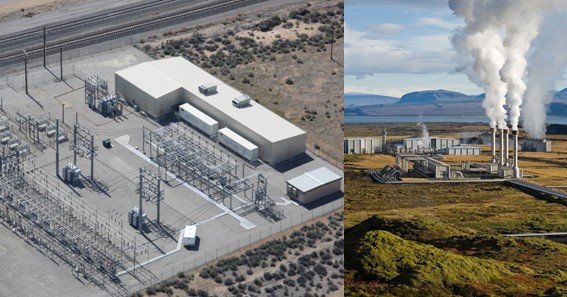Batteries are indispensable in our daily lives, powering everything from smartphones to electric cars. But how exactly do they store and release electricity? The answer lies in the chemistry that takes place inside the battery.
The Science Behind Battery Operation
Storing Electricity: Chemical Energy in Action
Batteries store energy in the form of chemical energy. This is achieved through two electrodes—a positive terminal called the cathode and a negative terminal called the anode—separated by an electrolyte. When a battery is not in use, it holds potential energy in these chemical compounds.
During charging, for rechargeable batteries, an external electrical source forces electrons to move in the reverse direction, restoring the chemical potential in the battery’s materials. This process effectively “stores” the electricity for future use.
Releasing Electricity: The Flow of Electrons
When a battery is connected to a device (like a flashlight or phone), a chemical reaction occurs at the anode, releasing electrons. These electrons flow through the external circuit (the device you’re powering) towards the cathode, creating an electric current. Meanwhile, ions move through the electrolyte within the battery to balance the charge. This flow of electrons is what powers your device.

FAQ
- How do batteries store electricity?
Batteries store electricity by converting electrical energy into chemical energy during charging, which is then stored in the battery’s electrodes. - How do batteries release electricity?
Batteries release electricity by converting the stored chemical energy back into electrical energy through a chemical reaction that creates a flow of electrons. - What are the main components of a battery?
The main components are the anode (negative terminal), cathode (positive terminal), and electrolyte, which facilitate the flow of ions between the electrodes. - Why do batteries eventually run out of power?
Batteries run out of power when the chemical reactants are depleted, meaning they can no longer produce electrons to generate an electric current. - Can all batteries be recharged?
No, only rechargeable batteries (secondary batteries) can be recharged. Non-rechargeable (primary) batteries cannot be reused once their chemical reactants are exhausted.










